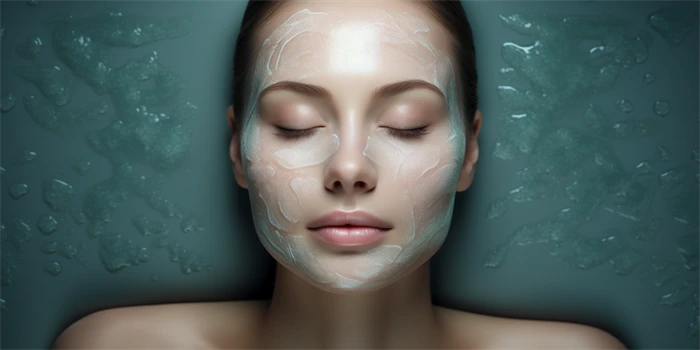How Often Should You Get Photodynamic Therapy in Montclair?
Photodynamic Therapy (PDT) is a cutting-edge treatment that combines a photosensitizing drug with a light source to destroy abnormal cells. This therapy is particularly effective for conditions like acne, actinic keratosis, and certain types of cancer. In Montclair, PDT is offered by various medical facilities, and understanding the frequency of treatments is crucial for optimal results.

Understanding Photodynamic Therapy
Photodynamic Therapy involves the application of a photosensitizing agent to the skin, which is then activated by a specific wavelength of light. This process induces a photochemical reaction that destroys targeted cells without harming the surrounding healthy tissue. The therapy is known for its precision and minimal side effects, making it a preferred choice for many dermatological and oncological treatments.
Frequency of Treatments
The frequency of Photodynamic Therapy sessions can vary based on several factors, including the condition being treated, the severity of the condition, and the patient's response to the treatment. For instance, patients with actinic keratosis might require multiple sessions spaced several weeks apart, while those with acne may need more frequent treatments initially, followed by maintenance sessions.
Factors Influencing Treatment Frequency
1. **Condition Being Treated**: Different conditions require different treatment protocols. For example, treating actinic keratosis typically involves 2-3 sessions spaced 4-6 weeks apart. Acne treatment, on the other hand, might require more frequent sessions initially to achieve desired results.
2. **Severity of the Condition**: More severe cases may necessitate a higher frequency of treatments to achieve significant improvement. The dermatologist will assess the severity and tailor the treatment plan accordingly.
3. **Patient's Response to Treatment**: Individual responses to PDT can vary. Some patients may respond well to fewer treatments, while others may require additional sessions to maintain results.
4. **Type of Photosensitizing Agent Used**: Different agents have varying durations of action and efficacy. The choice of agent can influence the frequency of treatments.
5. **Light Source and Wavelength**: The type of light source and its wavelength can also affect the frequency of treatments. Different light sources may require different intervals between sessions.
Maintenance and Follow-Up
After completing the initial series of Photodynamic Therapy sessions, maintenance treatments may be necessary to sustain the results. These maintenance sessions are typically less frequent and are scheduled based on the patient's individual needs and the advice of the treating physician. Regular follow-ups are also essential to monitor the treatment's effectiveness and make any necessary adjustments to the treatment plan.
FAQ
Q: How long does a Photodynamic Therapy session last?
A: A typical session can last anywhere from 30 minutes to several hours, depending on the area being treated and the specific protocol used.
Q: Are there any side effects of Photodynamic Therapy?
A: Common side effects include skin redness, swelling, and sensitivity to light for a few days after the treatment. These side effects are usually mild and temporary.
Q: Can Photodynamic Therapy be used for all skin types?
A: Yes, PDT can be used for various skin types. However, the treatment protocol may need to be adjusted based on the patient's skin type and sensitivity.
Q: How soon can I see results from Photodynamic Therapy?
A: Results can vary, but many patients notice improvements within a few weeks of the initial treatment. Full results may take several weeks to several months, depending on the condition being treated.
Understanding the frequency and maintenance requirements of Photodynamic Therapy in Montclair is essential for achieving optimal results. Consulting with a qualified dermatologist or oncologist will provide personalized guidance tailored to your specific needs.




